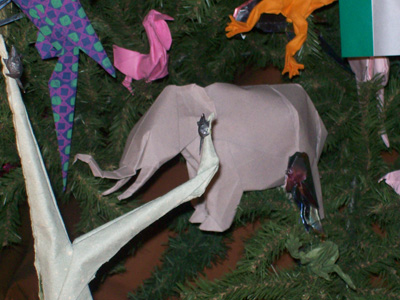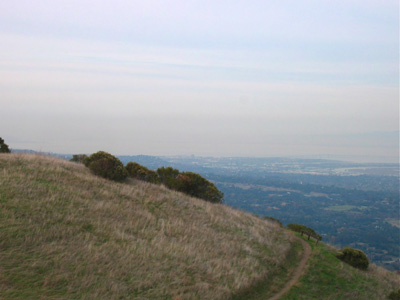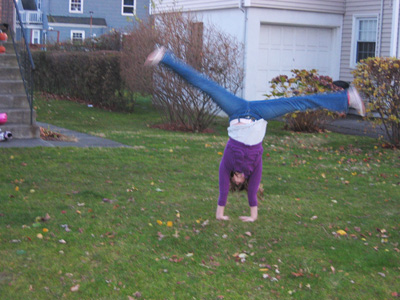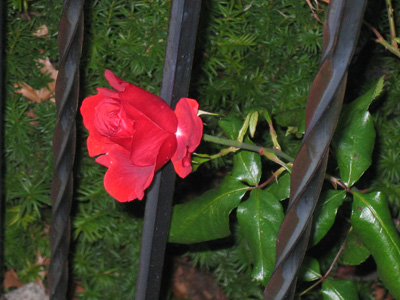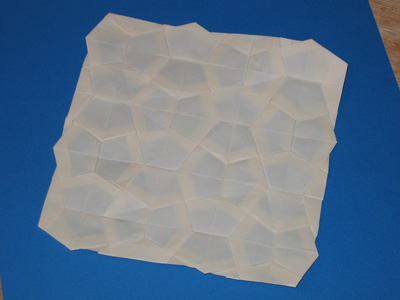I’ve reached a milestone with my recording project. I have seven out of nine of my songs ready for final mixdown and mastering. The are: Who Can Fool Me, Fine Red Wine, The Nine, Touch The Ceiling, Heat Wave, Angel Or Alien, and Earthbound. I’ve been cleaning up all my mixes, doing things like soloing the drums and bass and editing out little clams or bits of noise, blending the layers of keyboards and synthesizers, adding fader moves and refining the effects.
I’ve been focusing in particular on the vocals, drilling down, singing one phrase at a time until it sounds as good as I can make it, really concentrating on phrasing and intonation. My method is to lay down whole vocals track up to 5 times, and then cut together the best performances to make the track, and used the spares for thickening. Tedious but effective. I ended up completely overdubbing three songs: Fine Red Wine, Angel or Alien (which I think I am going to rename “U.F.O.”, and Earthbound. Earthbound in particular has a lot of lyrics and backing vocals, so it was a fair amount of effort.
It makes me feel better to know alot of the pros (Sting, Paul McCartney, etc.) worked this way. The problem now is, the better the takes get, the better my ear gets, and so now I’m thinking about going back to make punch ins on some tunes that I had previously thought were good enough. For the few weeks I’ve been listening to alot of Beatles music, mainly Sgt. Pepper’s and the White Album in heavy rotation. The White Album is now my workout music, which is kind of weird cuz I usually use something strongly uptempo throughout, but it’s a record I know really well and it’s musically interesting so it works. But now I’m hearing little flaws in John and Ringo’s singing on some tracks (never Paul’s) and I’m thinking to myself maybe I’ve gone far enough.
I burned a CD to listen to in my good stereo upstairs over the holidays, shuffled in with other albums. I do most of my listening back over the ipod on the train, and between the mp3 compression (really mangles cymbals and flange effects in particular), the cheap headphones and the environmental noise, there’s alot of fidelity I’m missing, although it’s great for hearing if the mix is good enough to withstand all that and still come thru.
The two remaining songs still need work in the arranging department. One of them is Making Miles, and I’ve decided to follow Martin’s arrangement more closely and give it an instrumental section and a reprise of the chorus, bringing up to near 5 minutes from the current 4. It’s gonna build throughout the song so it comes in like a full band midway thru and gets really huge just before the end, where it will scale back for the outro. I’m looking at adding bass and more drums, more keyboards, and maybe even guitars, as well as redoing the vocals. I’m also gonna cop the harmony vocal line on the chorus from the Shade tape.
The other song is Green Glove, which I sort of arranged in the studio, adding layers experimentally with no clear plan. It sort of sounds like a mess now, and it needs a tear down and rebuild. I might scrap it altogether, although I’d like to give it one last chance. It was a cute idea and the piano solo is pretty smokin’, and the groove could be really hot. So I have to think of a way to salvage the song, rethinking the horns, vocals and rhythm section. I’ll need to retrack the vocals anyway. I think I’ll start by just muting the horn section.
If I do scrap it I’m gonna replace it with a new song “Rocket To The Moon”. This is the first song I wrote on guitar and I’m fond of it, plus it fits with the rest of the songs thematically while offering some new musical ideas. I figured my fist guitar song would be something like a Greg Lake style ballad something like Lucky Man, but this is pretty different. It’s a sort of uptempo fake-punk thing that I came up with when I was learning Message in a Bottle. It’s short, probably less than three minutes. It’ll be interesting to see if the rhythm guitar part will carry the tune, also to see how it goes recording the acoustic and adding effects in ProTools.
So now I’m hoping the record will be done by the end of the winter. You can hear the latest tracks on my music page. Let me know how they sound to you.


